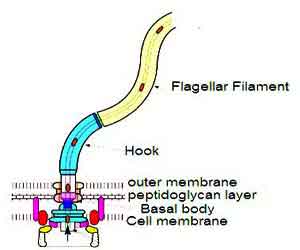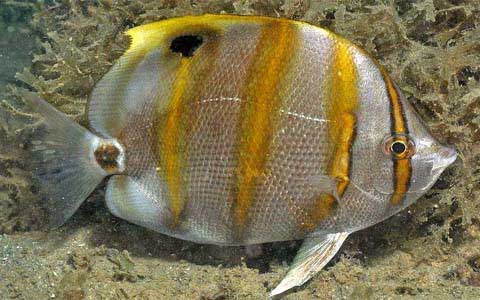Syphilis: Causes, Types, Symptoms and Treatment
Syphilis is a sexually transmitted infection. It is the top list disease of the world. This disease is mostly spread out through various sexual activities such as oral, anal sex and by kissing. The outbreak of syphilis was first occurred in Italy in 1495-1495 during a French invasion. Hence, it is also known as the … Read more



